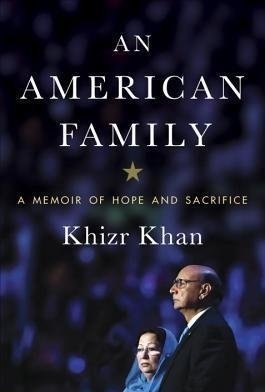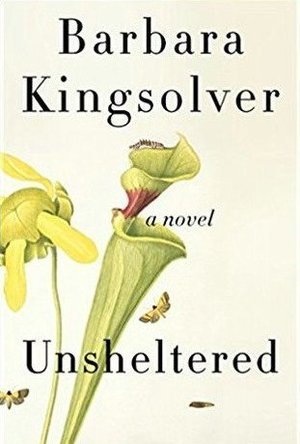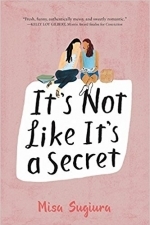Goddess in the Stacks (553 KP) rated An American Family in Books
Jan 11, 2018
An American Family follows the Khans' journey from Pakistan, to Dubai, to Texas, Maryland, and finally Virginia. And it's fascinating. He says in the beginning of the book that he wrote it to answer the question he's constantly asked: why do you love America? Why are you a Patriot? He couldn't answer it in a few short sentences. This book is his answer, and what an answer it is. It's impossible to summarize this book - it must be read.
It's a very easy read - it flows beautifully, and Khan tells a story well. It's easy, at least, until you get to the point where their son dies in action. Perhaps it wouldn't have such an emotional effect on someone else, but that, and its aftermath, was pretty hard for me to read about. The event is important, however. Its repercussions ripple out through the Khans' lives and affect everything they touch.
I can't recommend this book highly enough. Especially if you're American, and no matter where on the political spectrum you fall, this book is important. It might give you a different view on immigrants.
You can find all of my reviews at http://goddessinthestacks.wordpress.com
ClareR (6054 KP) rated Unsheltered in Books
Nov 21, 2018
This book is set in two different eras: modern day Vineland, just before and after Trumps election, and 1870s Vineland, just after Darwin’s groundbreaking novel “Origin of the Species” was published.
Both families live in the same house, and both families are experiencing a house that is crumbling around them. The house seems to represent the political and environmental issues in the modern era, in my opinion, and in the past, a community that is failing.
I really enjoyed all of the family dynamics: an elderly Greek father-in-law who rails against the immigrants and blacks (not for one moment seeing the irony); a daughter who is an eco-warrior/ realist, a son whose wife dies, whilst he is left with their newborn; a wife and mother who becomes the primary caregiver to a tiny baby and her infirm father-in-law; and a father who struggled to retain a post as a university lecturer.
In the past, a modern thinking science teacher battles against a headteacher/ principle (principal?) who will not hear of evolution (angel bridges are mentioned - who knew they were a thing?!), and meets Mary Treat, a biologist who really existed and became well known. She exchanges letters and shares information with Darwin and other famous scientists of the time.
This story had so many layers - I loved it. I could feel the frustration of the characters in their respective times, as they had obstacles which seemed insurmountable to them. However, they weren’t, there were ways around their problems. The ‘getting there’ though, was quite a story!

Ta-ra-ra-boom-de-ay: The Dodgy Business of Popular Music
Book
Simon Napier-Bell is a legend in the music business. Not only was he the manager of The Yardbirds, T...
Gun Culture in Early Modern England
Book
Guns had an enormous impact on the social, economic, cultural, and political lives of civilian men,...
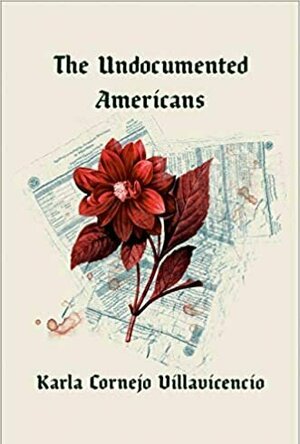
The Undocumented American
Book
Writer Karla Cornejo Villavicencio was on DACA when she decided to write about being undocumented...
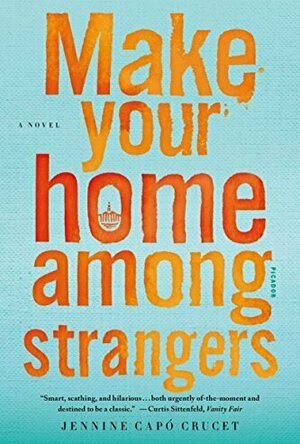
Make Your Home Among Strangers
Book
A New York Times Book Review Editor's Choice, winner of the International Latino Book Award for Best...

Papers, Please
Games and Entertainment
App
A dystopian document thriller. The award-winning, critically-acclaimed border inspector game, now...
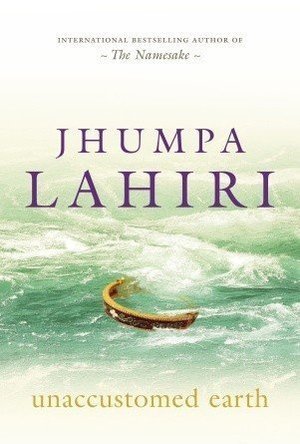
Unaccustomed Earth
Book
Eight stories—longer and more emotionally complex than any Lahiri has yet written—that take us...
India immigrants short stories
Goddess in the Stacks (553 KP) rated It's Not Like It's a Secret in Books
Jun 4, 2019
The book also explores the way racism hits races differently; the Hispanic kids get hassled by cops while the Asian kids don't - though they also have things expected of them that the Hispanic kids don't. The book gets into cultural expectations as well - PDAs are not really a thing in Sana's world, so she's reluctant to be public about her affections at school, which drives misunderstandings.
It's only in the last few chapters that all the secrets come out, and Sana struggles to put things right.
One thing I really liked about the book is the narrative structure. At the beginning of the school year, Sana's English teacher gives them a project, which is to keep a journal to transcribe poems into and talk about what they mean to you. Chapters from Sana's poetry journal are interspersed with chapters of the narrative, and give some nice insight to how she's feeling. Her love interest, Jamie, also loves poetry, and it plays a large part in their relationship.
I quite enjoyed this book.You can find all my reviews plus more at http://goddessinthestacks.com
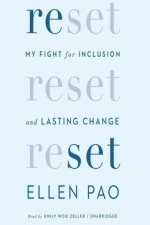
Reset: My Fight for Inclusion and Lasting Change
Book
SHORTLISTED FOR THE 2017 FINANCIAL TIMES AND MCKINSEY BUSINESS BOOK OF THE YEAR | NAMED A BEST FALL...
Business biography technology
